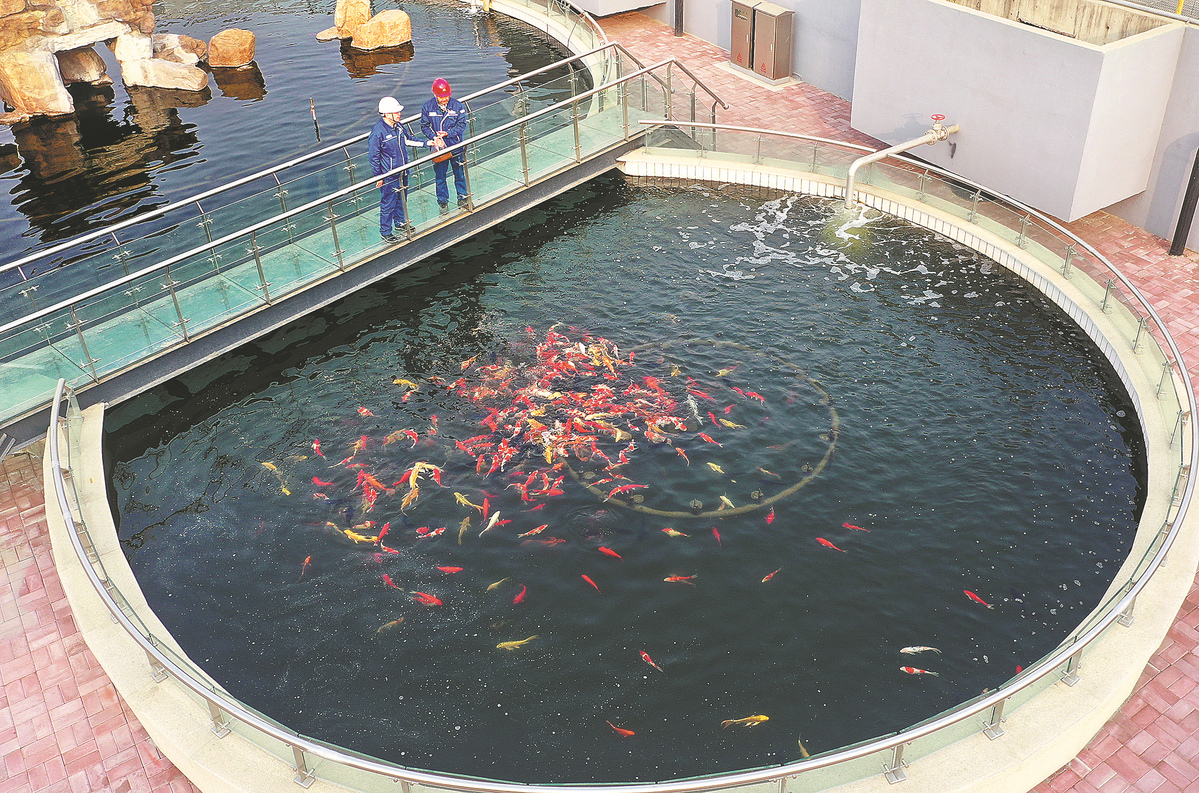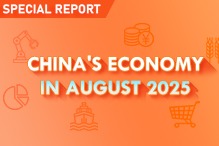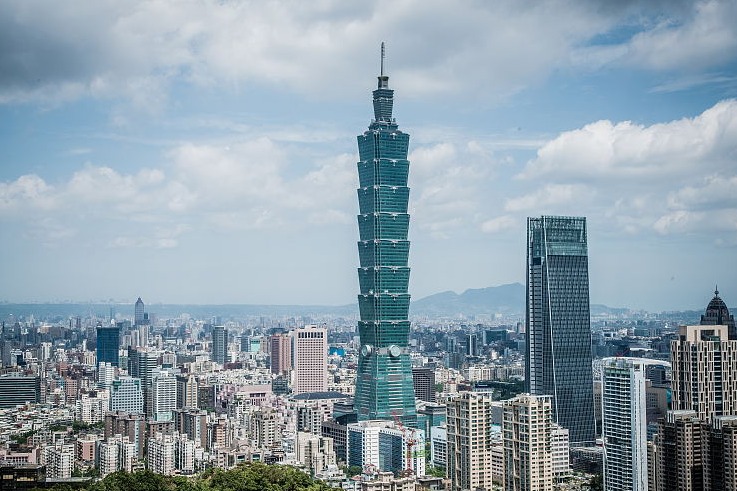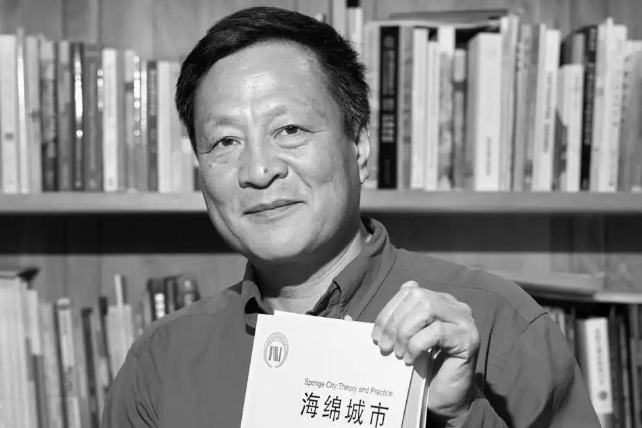Reclaimed water hoped to ease shortages


Pilot program to send treated sewage to purify in artificial wetlands for reuse
In a move to tap the potential of using reclaimed water to help meet the demand for water, four central government bodies, including the Ministry of Ecology and Environment and the National Development and Reform Commission, will launch pilot programs in 19 cities.
Most are in northern parts of the country confronted with severe water shortages, including Baotou in the Inner Mongolia autonomous region, Zhengzhou in Henan province and Yinchuan in the Ningxia Hui autonomous region.
Experts have so far lauded the pilot scheme as it will help China, one of the world's most water-scarce countries, to cope with an increasingly stressed water supply, which is being made worse by climate change.
The pilot is expected to help achieve synergy between efforts to enhance water pollution control and realize the climate targets of peaking carbon dioxide emissions before 2030, and becoming carbon neutral before 2060.
Experts have also cautioned, however, that China is still confronted with a series of challenges in fully unleashing the potential of reclaimed water in meeting demand.
"Despite the fact that the quality of wastewater from most sewage treatment plants is good enough for common fish to live in, most reclaimed water is discharged without being effectively reused," a media release from the Ministry of Ecology and Environment stated.
Instead of being directly used to meet demand and the needs of local ecosystems, treated water in pilot cities will be first diverted to artificial wetlands for further purification before being reused.
Artificial wetlands will be built downstream of major sewage outlets, and near river estuaries and the intersection of the main stream with tributaries.
While improving the pricing policies for water consumption, authorities will abolish policies and regulations unfavorable to the cyclic use of reclaimed water, the ministry said, adding that measures will also be rolled out to attract private capital in promoting cyclic use.
The ministry listed four preferential policies that will be introduced to support water reuse. Projects included in the pilot, for example, will receive support from a special national fund for water pollution control, it said.
The central government allocated 18 billion yuan ($2.6 billion) in special funds for water pollution control last year.
Financing institutions will be encouraged to support these projects, the ministry added.
Stressing water resources as a bottleneck that hinders China's sustainable socioeconomic development, Wang Hongchen, a professor from the School of Environment and Natural Resources at Renmin University of China, said cyclic use of reclaimed water is an effective solution for addressing the imbalance between water supply and demand.
Currently only one-fourth of the global average, per capita water resources in China are expected to keep declining, he said.
While the distribution of water resources is uneven, there is also a mismatch between distribution and regional socioeconomic factors, he added.
In 2010, the country received 11.5 percent more precipitation than in normal years, making it the wettest year in the past 20 years, he said. The following year, however, precipitation was 16.1 percent less than average.
"Due to the impact of global warming, changes in annual precipitation are expected to be even bigger," he said.
Based on international practice and experience, Wang noted water reuse as a "fundamental approach "to addressing water shortage, citing Israel as an example.
With 60 percent of its landmass occupied by desert and most of the rest semiarid areas, Israel had per capita water resources of only 214 cubic meters in 2017, no more than 10 percent of China.
The Israeli government announced in 2013 that water consumption was no longer subject to restrictions from weather and the country has completely resolved its water security, he said, adding this happened thanks to the cyclic use of wastewater as a main approach.
Lu Jun, deputy head of the Chinese Academy of Environmental Planning, said water reuse has proved to be effective in relieving imbalances between supply and demand in some areas of the country.
In Yanggu county, Shandong province, for instance, after being further purified in artificial wetlands, reclaimed water from local sewage treatment plants is restored to natural water bodies to meet industrial demand, he said.
This means that about 7.3 million cubic meters of fresh water have been saved in the county each year and the water diverted from the Yellow River to meet demand has decreased by 15 percent, he said, adding that it has also helped increase surface water area by 470,000 square meters.
Lu stressed the cyclic use of reclaimed water as a way to achieve synergy in carbon reduction and pollution control.
As they are able to remove pollutants like phosphorus and nitrogen, the natural purification process of artificial wetlands can help reduce the consumption of energy and chemicals in advanced wastewater treatment, he said.
However, Dai Xiaohu, a professor from the College of Environmental Science and Engineering at Tongji University, noted a series of challenges the country needs to address in its endeavor to increase water reuse.
Unlike developed nations whose sewage treatment facilities are usually decentralized, China resorts to a centralized approach to treat sewage, and most of its facilities are located in downstream areas, he said. This makes it difficult to reuse reclaimed water without having to divert it long distances.
China needs to intensify efforts to address its inadequate pipe network for cyclic use of wastewater, he said.
- Couples celebrate traditional Chinese group wedding in Shandong
- China takes to road on first day of national holiday
- China deploys patrols on water, in air around Huangyan Island
- Macao SAR celebrates National Day with flag-raising, reception
- China to expand its participatory law-making process
- World's largest-capacity centrifuge goes into operation in Hangzhou




































